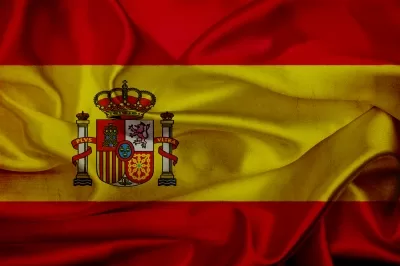
A government decree in Spain has been promulgated in June 2014 with immediate effect. The traditional entrance exam to access higher education programs after high school – the Selectividad – is now scrapped for foreign students.
The Selectividad consists of exams in four or five areas, in Spanish:
- Foreign language
- History of Spain or History of Philosophy
- Spanish Language and Literature
- Specialty subject
- Other official language
At the moment, international students from several countries were already exempt from this exam, including EU and China students, as long as they took part in their respective end of high school exam in their respective countries (e.g. Gao kao in China, Baccalaureate in France). But for students from the rest of the world, the exam required an excellent knowledge of Spanish language and history, and was definitely a barrier to enrol at Spanish universities.
With this move, Spain is aiming at significantly increasing the number of international students as access will be much easier. In 2012/2013, it was reported Spain had 73,639 international students, representing 4.7% of its total student population. This is much lower in Europe in comparison to several other countries such as the UK with 427,686 foreign students enrolled in 2012, France with 271,399 or Germany with 206,986 according to the UNESCO Institute for Statistics.
The chart above represents the top ten countries sending international students to Spain. As published on the Institute of International Education, this reveals that currently at least 13,129 students (representing at least 17.9% of the total inbound student population) from this top ten hail from Latin America (Colombia, Ecuador, Peru and Mexico) where Spanish in widely spoken. We don’t have access to the full list of countries but clearly Latin America represents a strong provider of overseas students.
As far as Spanish students are concerned, the national Selectividad will be stopped from 2017/2018 and regions will define their own exams.




